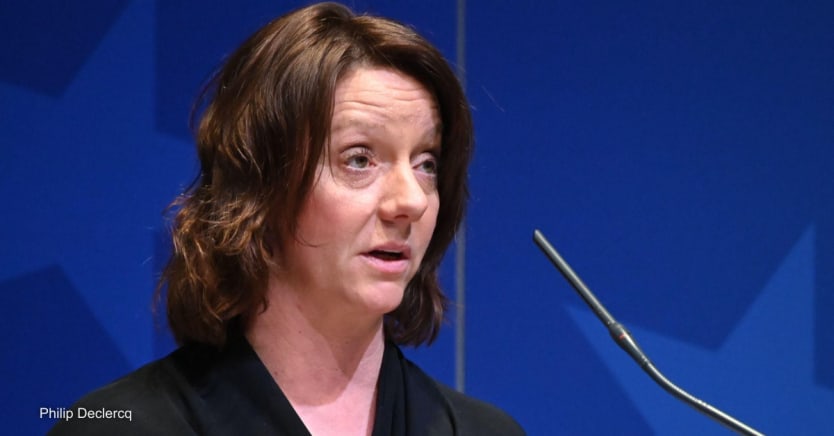
Sweden now plans to restore 4.2 billion kronor ($398 million) of the 9.1 billion kronor it initially diverted from development spending around the world to cover the cost of hosting Ukrainian refugees at home.
The move, announced last week, triggered relief from aid advocates — but also questions over why the government froze so much foreign spending so soon before the full impact of the Russian invasion was clear.
“A go-stop-go approach, first promising resources, then slashing it, and then reinstating it again has been extremely damaging,” Carl Björkman, the head of Nordics at the Bill & Melinda Gates Foundation, told Devex in an email. “It is something I hope Sweden avoids repeating in the future.”
Anna Stenvinkel, secretary-general of ForumCiv, a Swedish civil society platform, told Devex by email that the government’s response had been “irresponsible.”
“The cuts of funding did not only disrupt important development work, but the handling of the situation in itself required countless hours of work and led to a loss of credibility and trust in Sweden as a devoted development partner,” Stenvinkel wrote.
The latest announcement to reinstate 2.9 billion kronor, notably for climate issues, follows 1.3 billion kronor returned to overseas spending in early June, including for NGOs working on human rights and democracy.
In a phone interview with Devex this week, Matilda Ernkrans, the Swedish minister for international development cooperation, said the latest move followed a lower forecast from the country’s migration agency last month on Ukrainian refugee numbers this year.
The Swedish government faced fierce criticism in the spring when it announced plans to use 10.3 billion kronor — roughly 18% of its annual aid spending — on refugee costs at home, up from 1.2 billion kronor planned before the Russian invasion.
As things stand now, 6.1 billion kronor of the 57.4 billion kronor aid spending for 2022, roughly 11%, will go to in-donor refugee costs. That’s a lower share than the period from 2015-2017 when the country took in large numbers of Syrian refugees, though higher than the pre-pandemic years of 2018 and 2019.
Spending on in-donor refugee costs can be counted as official development assistance by the Organisation for Economic Co-operation and Development’s development assistance committee, under certain conditions, though NGOs often decry this as inflated aid.
Ernkrans was wary of entering that debate.
“I'm a little bit afraid to be the one who opens up a discussion on the OECD DAC rules,” she said. “Of course, I can see that perhaps they need to be reviewed. But I'm a little bit afraid to do that, since … in Sweden, but also in other countries, the people and the politics [are] not really in favor of expanding solidarity, rather the other way around.”
With Sweden going to the polls on Sept. 11, Ernkrans said she was aiming to continue as international development cooperation minister should Prime Minister Magdalena Andersson, from Ernkrans’ Social Democratic Party, remain in power.
There were lessons to be learned from 2022, Ernkrans said. Though for now, she was reluctant to say what those were.
“Of course, we need to learn and do better for the future when it comes to how we handle big, unforeseen humanitarian crises that have a direct impact on in-donor refugee costs in Sweden — I want to do that,” Ernkrans said.
But she said that Swedish civil society and the international community needed to realize that the biggest threat to Sweden’s aid budget was from the conservative Moderate Party and the far-right Sweden Democrats, should they form a government.
Both parties have argued that Sweden’s foreign aid budget, consistently among the highest in the world, should be cut: the Moderates by a quarter and the Sweden Democrats by half.
Ernkrans said she understood the world counted on Sweden to spend 1% of gross national income on development assistance and that her party promised to keep to that level for the next four years if reelected.
“But there are forces in Sweden who will put Sweden on a much worse track,” she said. “And that's my biggest worry.”








